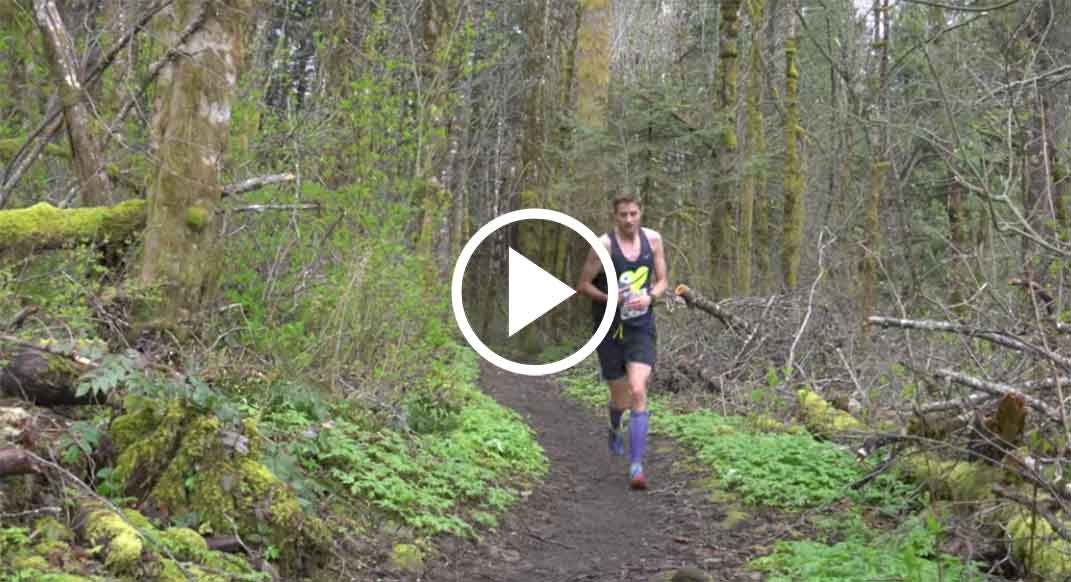WATCH: Why Run Two Ultras Back to Back? Why Not.

When Joe McConaughy set a new self-supported and overall Appalachian Trail fastest known time (FKT) on August 31, breaking the supported record set by Karl Meltzer in 2016, he was a virtual unknown.
The 26-year-old from Brookline, Massachusetts was an established entity in the thru-hiking community—he set a supported FKT on the Pacific Crest Trail in 2014—but hadn’t participated in many trail races. Few in the sport knew his name.
But McConaughy, who had spent months training and preparing specifically for the demands many high mileage days back to back, knew that the overall AT FKT was within his reach.
On July 17 he set out from Springer Mountain in Georgia with a 15-pound pack, aiming to cover between 45 and 50 miles per day, every day, for the next 45 days.
“My goal was to eat 8,000 calories per day,” he says. “By the end I was eating closer to 10,000 per day. I would wake up and immediately eat 1,000 calories.”
Despite innumerable injuries and niggles that cropped up on a daily basis—from blisters to acute muscle injuries and infections—McConaughy kept up steady forward progress. When he was too injured to run, he walked.
On August 31 he reached the summit of Mount Katahdin, the trail’s northern terminus.
“I got [to the summit] and cried for two or three minutes,” he says. “I was incredibly relieved and having lots of emotions, but I also felt almost empty.”
Still, several weeks later, McConaughy is struggling to wrap his head around his accomplishment. “I don’t know if I fully appreciate it,” he says.
This video, by McConaughy’s friend Michael Dillon, explores McConaughy’s training leading into the AT record. In April, McConaughy ran the Gorge Waterfalls 100K and Lake Sonoma 50 on back-to-back weekends, ultimately finishing fifth and sixth respectively.
The exerience lead McConaughy to ask a loaded question: why? Why run two ultras back to back? Why attempt something that other people would likely write off as impossible or downright unhealthy?